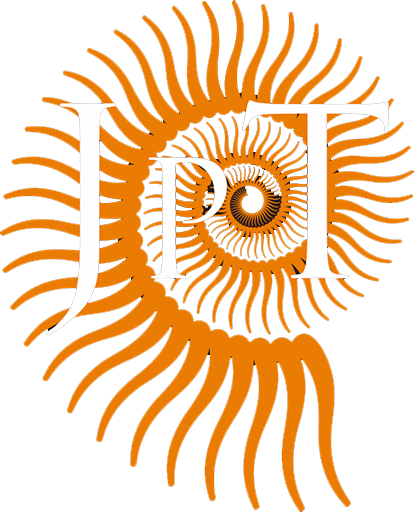JPT No. 15 Special Volume – Symposium Volume of the 2nd Internacional conservation symposium-workshop
Conveners
Sandra Val & Rubén García; Steven J. Jabo; Chris Collis; Vicen Carrió
Edited by
Emanuel Tschopp, Femke Holwerda & Sandra Val
Additional Scientific Editors
Koen Stein, Carla Alexandra Tomás, Ricardo Araújo, Octávio Mateus, Rui Castanhinha, Ángel Blanco, Christine Böhmer, Ignacio Escapa, Matteo Belvedere & João Russo
Technical Editors
Silvia Costa, Emanuel Tschopp, Femke Holwerda
PREFACE
This special volume collects the work of some of the attendees and the international guests to the 2nd International Conservation Symposium-Workshop in Natural History Collections, organized by the CRIP (Centre of Paleontological Restoration and Interpretation) of Els Hostalets of Pierola, Barcelona (Spain), together with the Museum of Natural History of the Smithsonian Institution of Washington (USA), the National Museums of Scotland in Edinburg (UK) and the Natural History Museum of London (UK). This international symposium aimed to create a workspace and study around the concepts of protection and conservation of Natural History Collections, deepening the knowledge and analysis of the different working methods used in this type of collections. Participation in the symposium was a great success with over 60 participants from different parts of the world: Norway, Denmark, Sweden, Israel, England, Portugal, USA and Spain. This second international meeting was a great space for discussion and exchange of experiences, very dynamic and profitable, where professionals from around the world debated and reflected around the conservation, preparation and restoration of Natural History Collections, establishing ties of professional and institutional collaborations among the participants. The symposium organizing committee wishes to thank all participants and collaborating institutions whose participation has made this meeting possible. And also we want to thank the Journal of Paleontological Techniques for the realization of the Symposium Volume. The team of the Journal of Paleontological Techniques put a lot of effort in editing and publishing this volume monograph.
Fossil tracks and trackways: the dilemmas of preservation
Neville Agnew & Martha Demas (pdf)
Scanning Electron Microscope (SEM) shows undesirable effects of ultrasonic cleaning on recent mollusk shells
Marina Rull, Marta Pérez & Francesc Uribe (pdf)
Study on the physical-mechanical comportment in six gap fillers for fossil reintegration
Tatiana Martínez Riera & Begoña Carrascosa Moliner (pdf)
Consolidation of bone material: chromatic evolution of resins after UV accelerated aging
M. Amparo Linares Soriano & M. Begoña Carrascosa Moliner (pdf)
Conservation-restoration applied to a fossil adhered to a speleothem (Middle Pleistocene) from Postes Cave (Fuentes de León, Spain)
Maria Cruz Ortega Martínez, Monica Villalba de Alvarado, Hipolito Collado Giraldo, José Ramón Bello Rodrigo, Isabel Domínguez García, Luis F. Nobre da Silva, Ángel Carmelo Domínguez García, Lázaro Rodríguez Dorado, José Manuel Torrado Cárdeno, Jairo González Márquez, Elena García Domínguez & Elena Garrido Fernández (pdf)
In situ conservation strategies at the Pleistocene sites of Pinilla del Valle, Madrid (Spain)
Maria Cruz Ortega, Olalla Teresa Canseco, Ana Pastor, Juan Luis Arsuaga, Alfredo Pérez-González, Cesar Laplana, Belen Márquez & Enrique Baquedano(pdf)
Treating a historic restoration of a Megatherium sp. tail from the Rodrigo Botet Collection in the Museum of Natural Sciences of Valencia
Ester Antón, Begoña Carrascosa, Margarita Belinchón & Sandra Illobre (pdf)
Past preparation procedures and contemporary conservation techniques applied on a holotype (Museo Geominero, Madrid, Spain)
Eleuterio Baeza, Silvia Menéndez, Ana María Bravo & Laura Ruiz (pdf)
Unfavorable microclimate conditions in exhibition rooms: early detection, risk identification and preventive conservation measures
Dario Camuffo & Chiara Bertolin (pdf)


